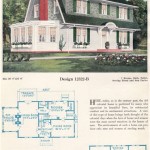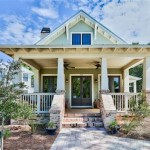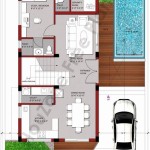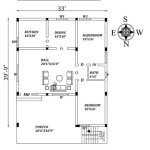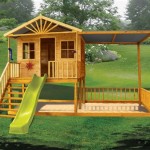Essential Aspects of DIY Treehouse Plans
The allure of building a treehouse lingers in the hearts of many, evoking memories of childhood dreams and the boundless realm of imagination. Whether as a tranquil sanctuary amidst nature's embrace or a whimsical playground for the young, treehouses hold endless possibilities.
Embarking on a DIY treehouse project can be an incredibly rewarding endeavor, but thorough preparation and meticulous planning are paramount. To ensure a sturdy and safe structure that will withstand the test of time, it's essential to meticulously consider every aspect of the design.
1. Choosing the Right Tree
The foundation of your treehouse lies in selecting a suitable tree that can support its weight and provide stability. Seek out a mature, healthy tree with a strong trunk and an extensive root system. Avoid trees with visible signs of disease or damage, and steer clear of those located near power lines or bodies of water.
2. Planning the Structure
Determine the intended purpose of your treehouse and its approximate dimensions to guide the structural design. Sketch out a detailed plan, including the layout of rooms, windows, and any unique features. Consider the height at which you want to position the treehouse, considering both accessibility and panoramic views.
3. Materials Selection
Choose high-quality, durable materials that can withstand the elements. Pressure-treated lumber is commonly used for its resistance to rot and decay. For the exterior walls and roof, consider weather-resistant materials such as plywood or cedar planks. Opt for sturdy beams and joists to support the weight of the structure.
4. Foundation and Support System
The stability of your treehouse hinges on its foundation and support system. For elevated treehouses, consider using concrete footings or helical piers anchored into the ground. Connect the footings to sturdy vertical posts that will support the treehouse platform. Distribute the weight evenly by using multiple posts and beams.
5. Access and Safety Features
Plan for a safe and convenient way to access the treehouse, whether through a ladder, stairs, or perhaps a rope bridge. Incorporate safety railings and handholds around elevated areas and openings to prevent falls. Consider installing a safety net beneath the platform for added protection.
6. Electrical and Plumbing
If desired, consider installing electrical outlets and lighting within the treehouse. Consult with a licensed electrician for proper wiring and safety precautions. For plumbing, run pipes from the main house or consider using a composting toilet.
7. Finishings and Aesthetics
Once the structural framework is complete, you can personalize your treehouse with finishes and decorative touches. Add a splash of color with paint or stain, and create cozy nooks with comfortable seating. Don't forget to install windows for natural light and ventilation.
By carefully considering these essential aspects and meticulously planning every stage of the project, you can embark on your DIY treehouse endeavor with confidence. Remember, safety should always be a priority, and it's advisable to seek guidance from professionals if necessary.
So, gather your tools, unleash your creativity, and transform your treehouse dreams into a tangible reality. Let it become a sanctuary of tranquility, a playground of imagination, and a cherished memory for years to come.

Treehouse Guides Plans To Build A Tree House
:max_bytes(150000):strip_icc()/treehouse-pin3-5bfdb06dc9e77c002677d86b.jpg?strip=all)
12 Free Diy Tree House Plans

8 Tips For Building A Treehouse Family Handyman

20 Simple Tree House Plans And Design To Take Up This Spring

Treehouse Plans Diy Build X Childrens Play House Shelter Self
:max_bytes(150000):strip_icc()/bungalow_final2-5bfdaad2c9e77c00518a4f79.jpg?strip=all)
12 Free Diy Tree House Plans

15 Simple Beautiful Diy Kids Treehouse Ideas

33 Diy Tree House Plans Design Ideas For And Kids 100 Free

8 Tips For Building A Treehouse Family Handyman

Tree House Plans Modern Playhouse Diy Kids Fort
Related Posts




